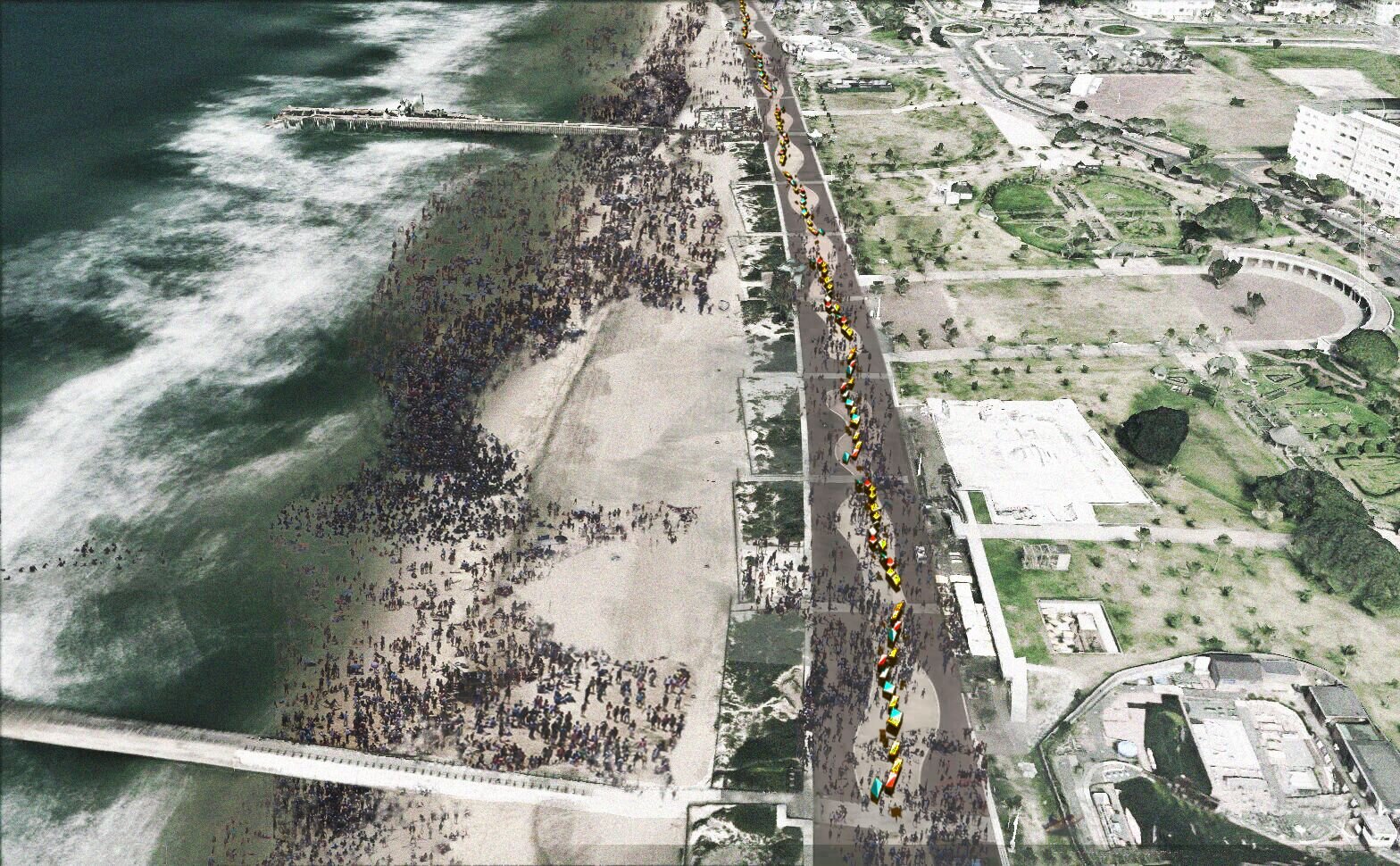
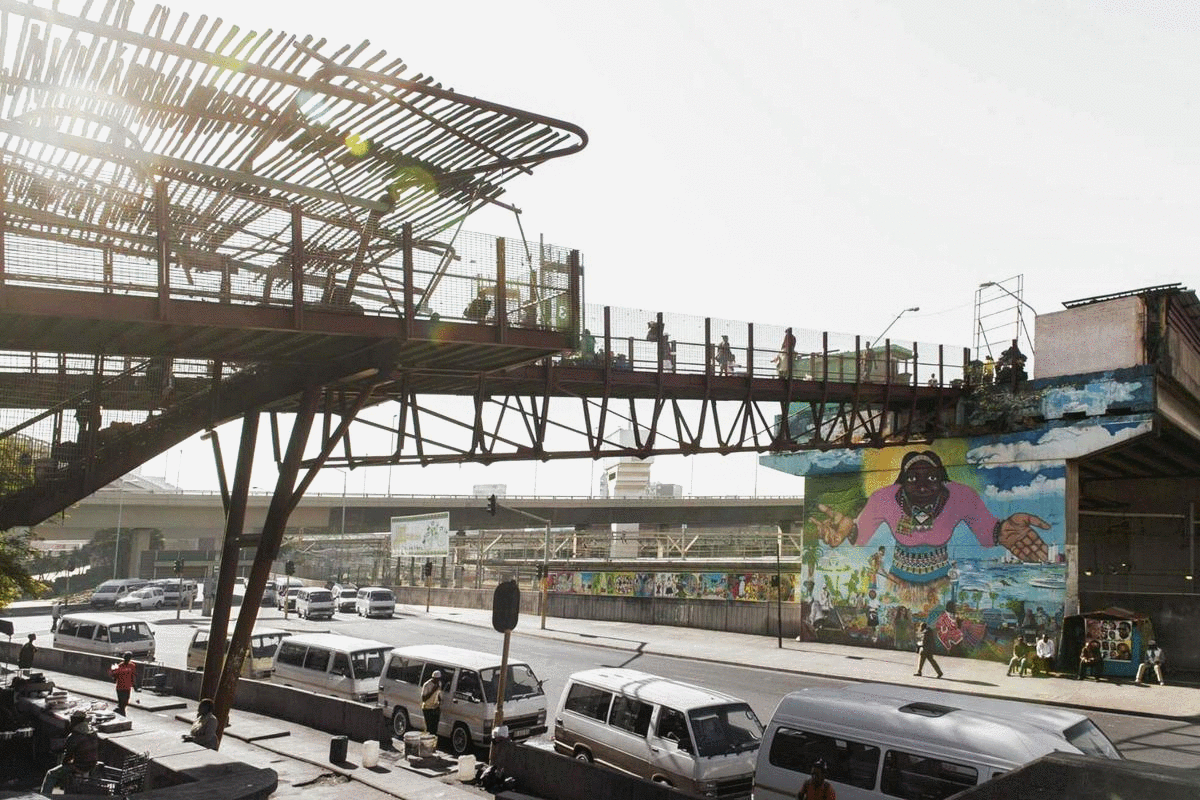

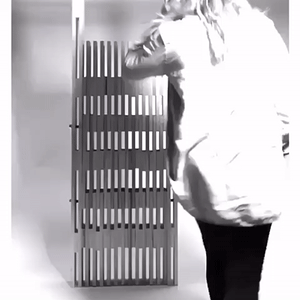
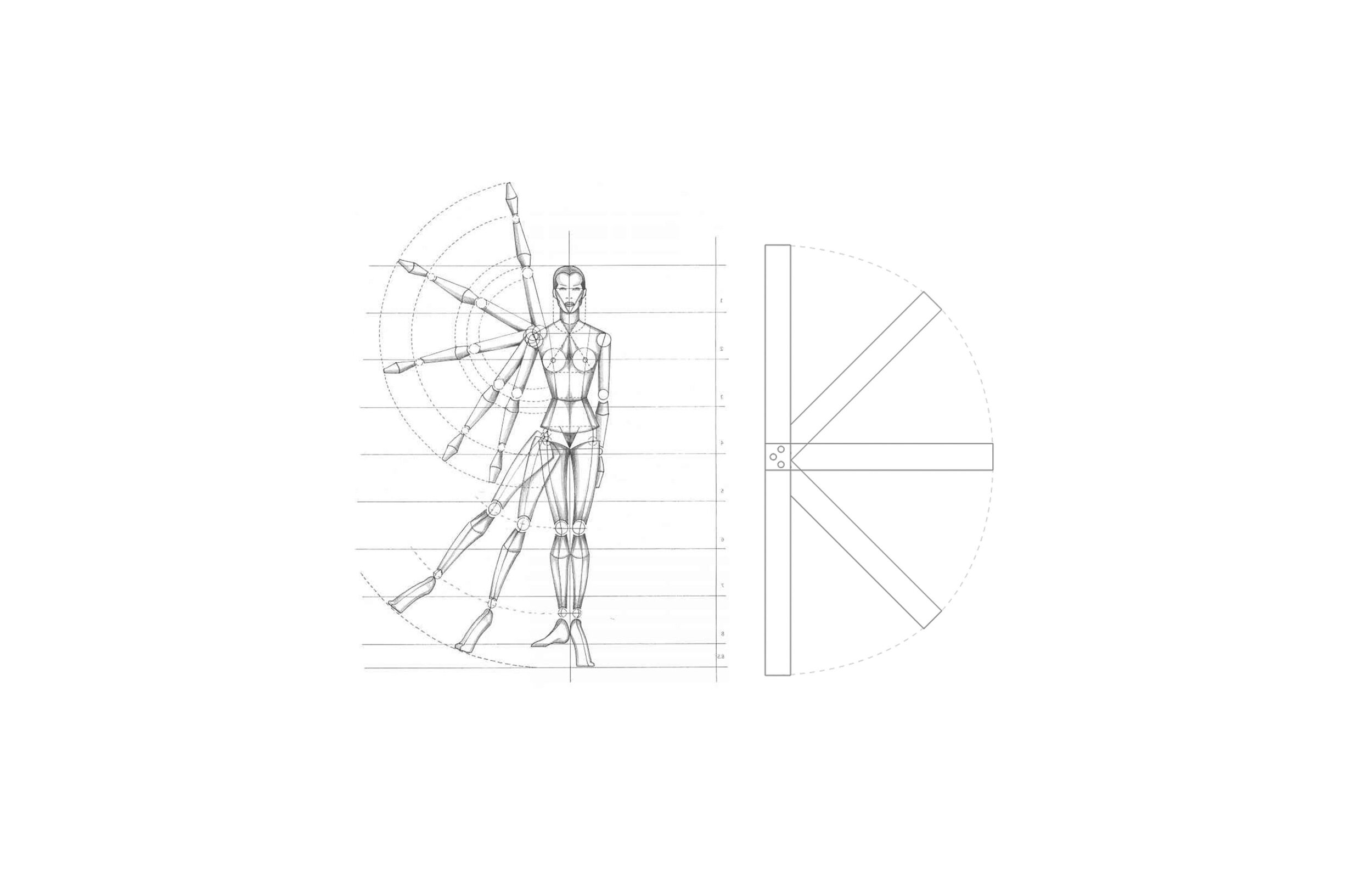
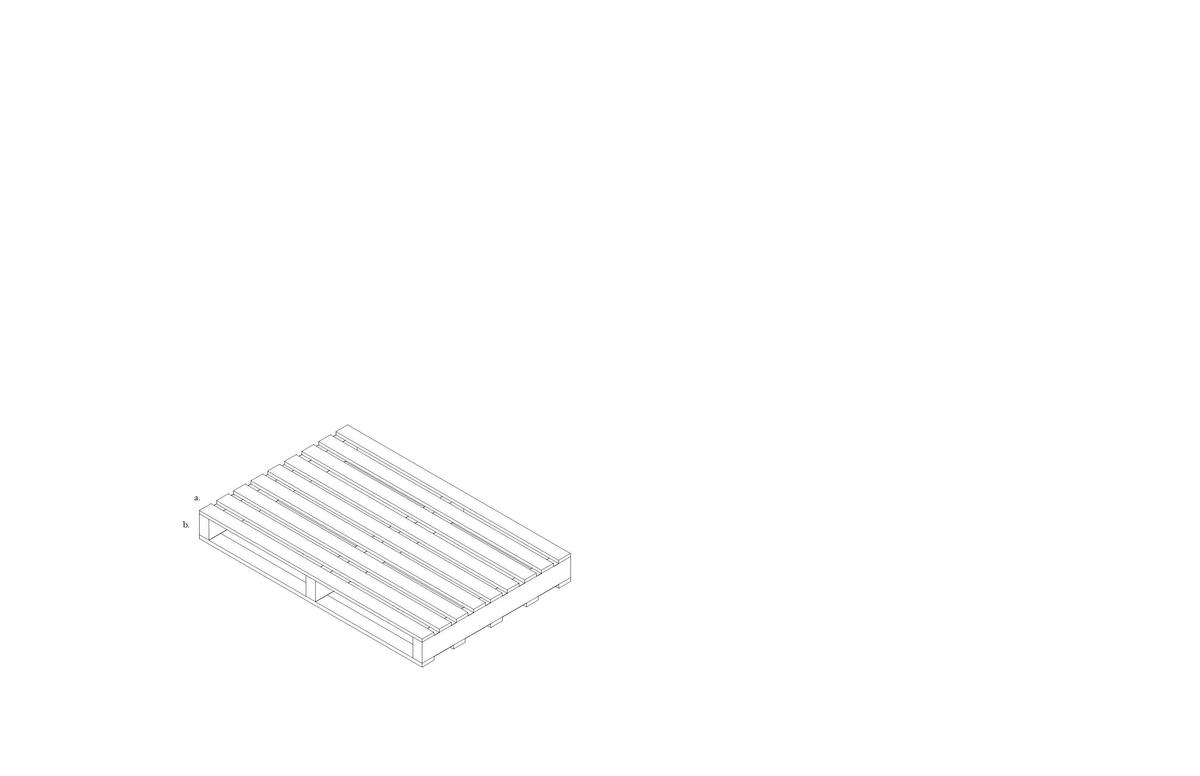


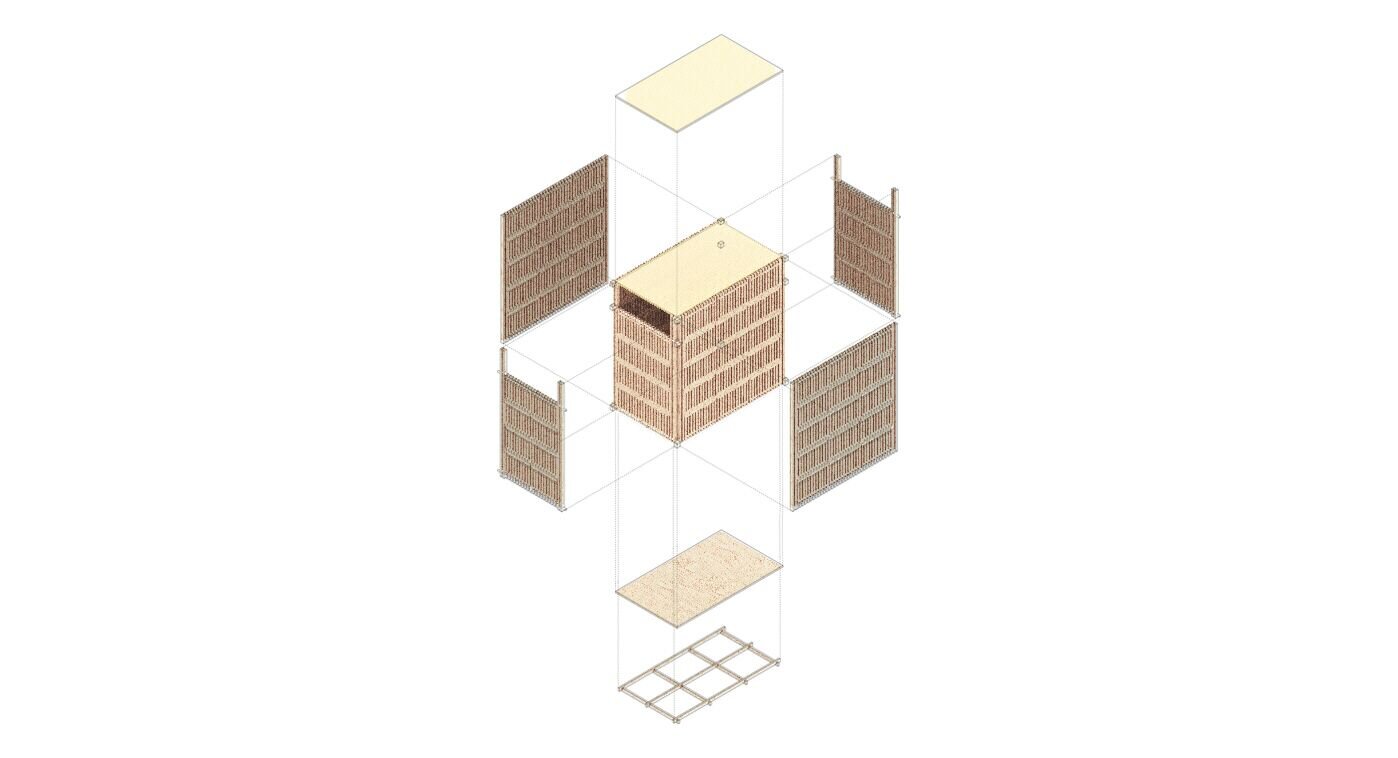
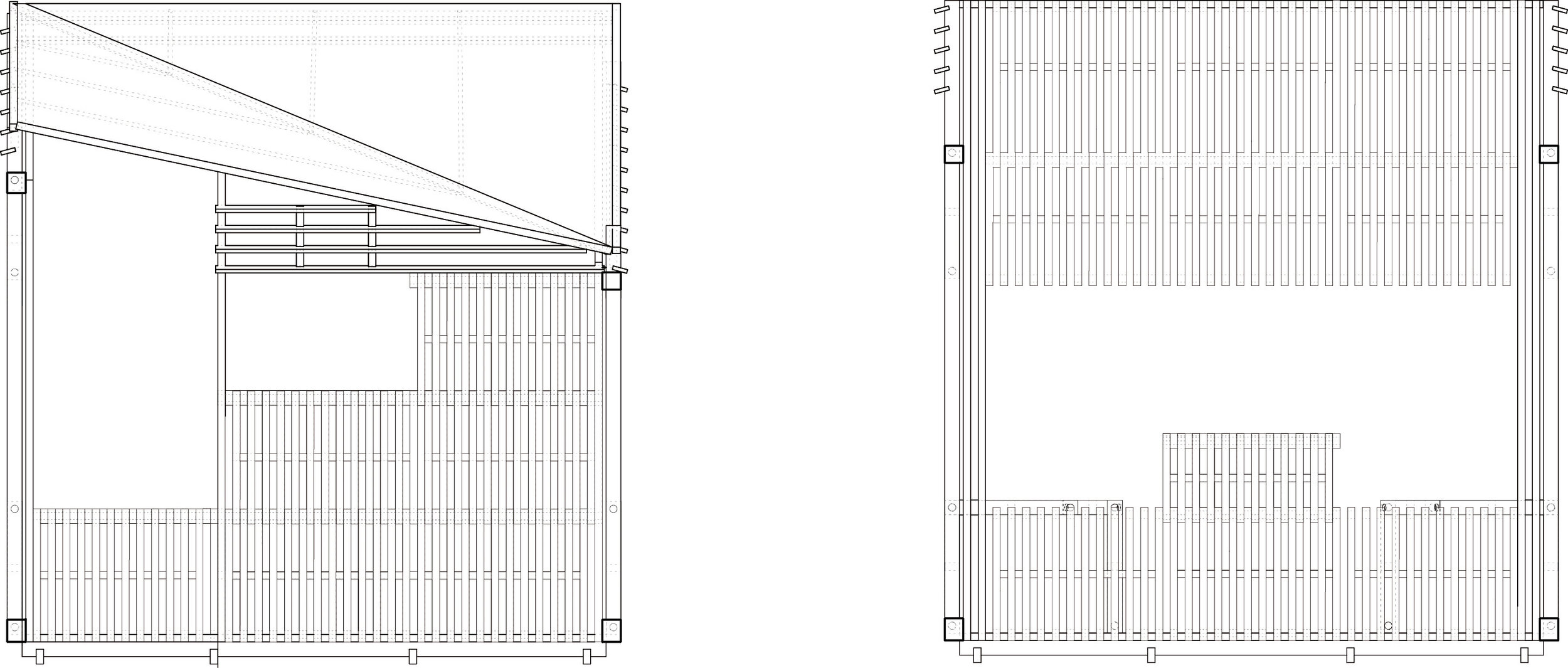
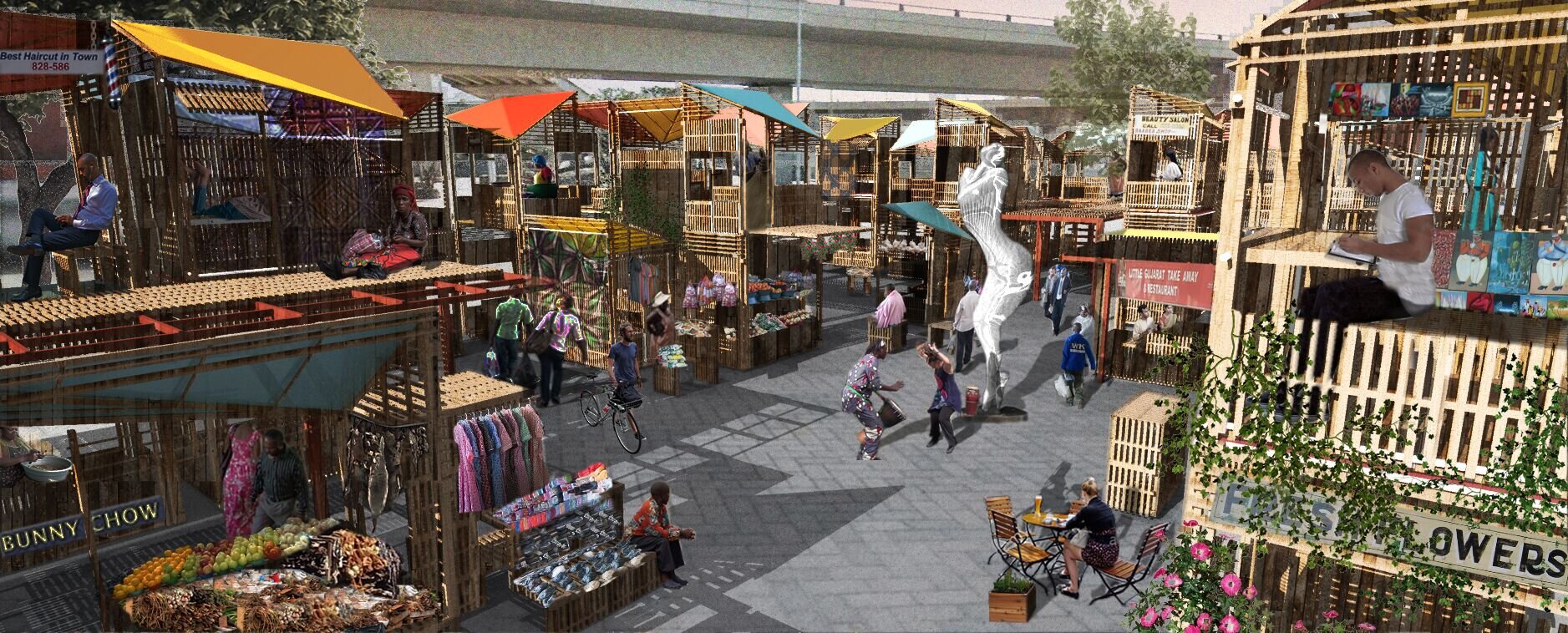
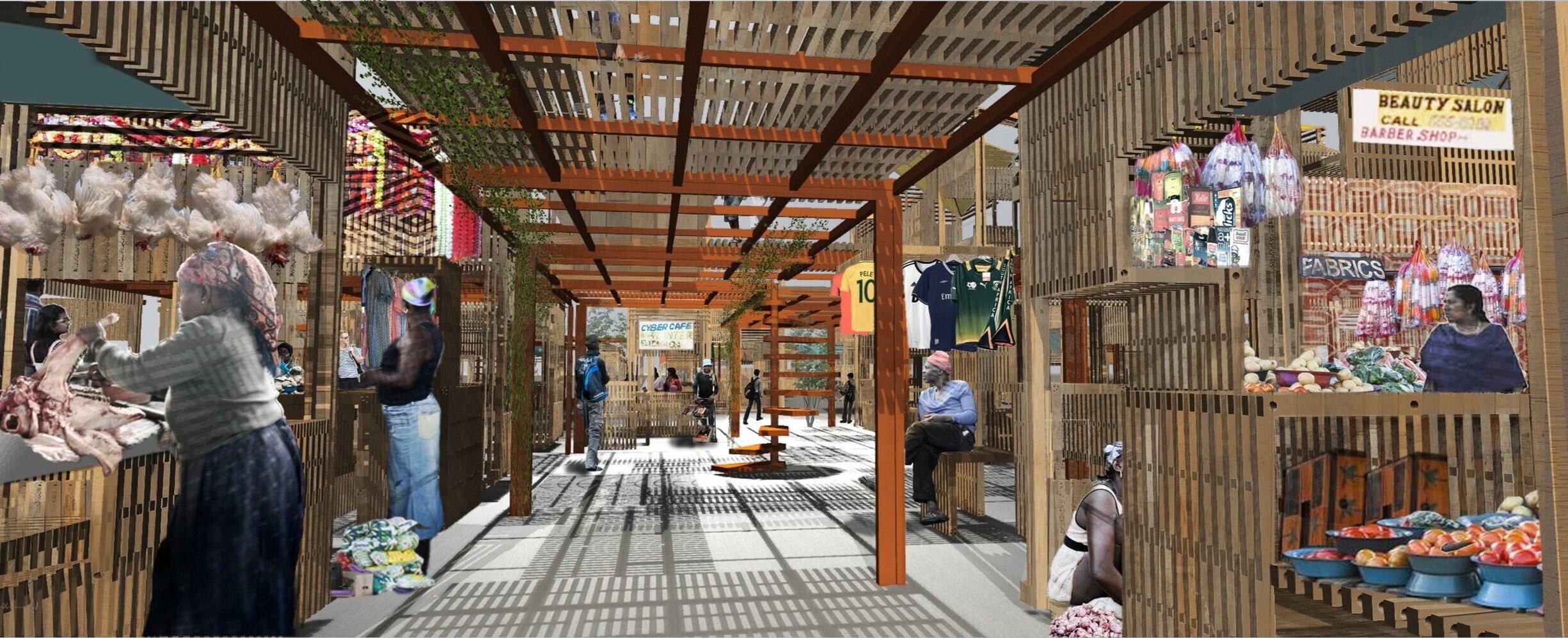
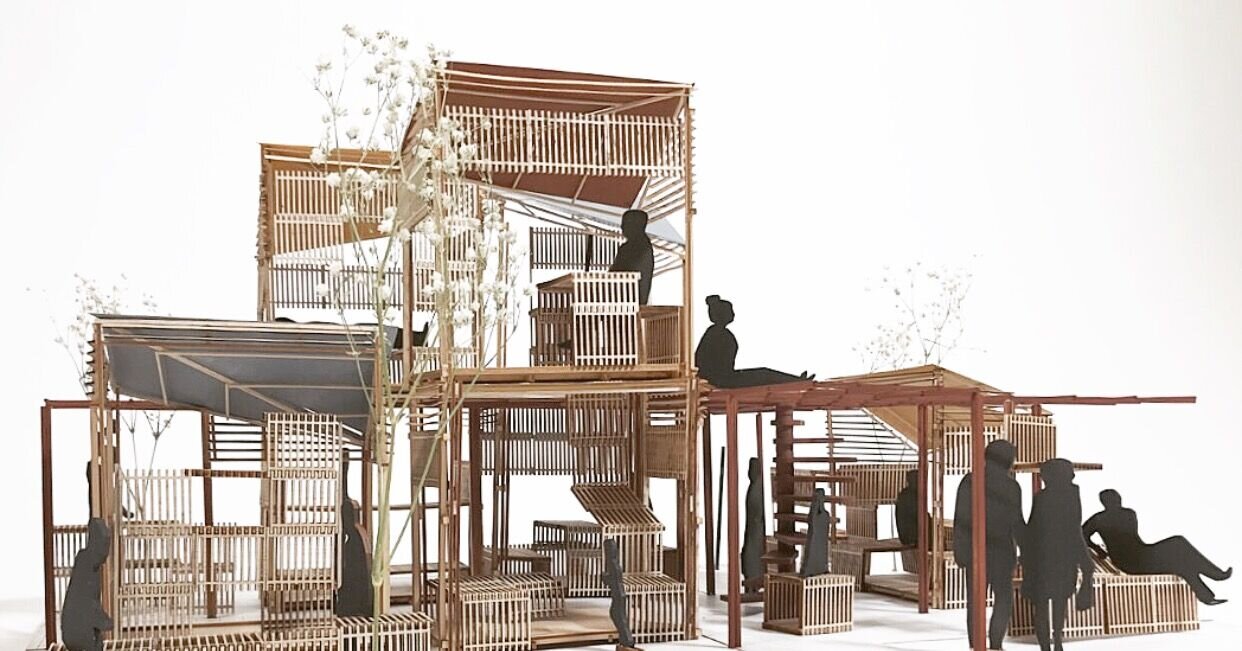
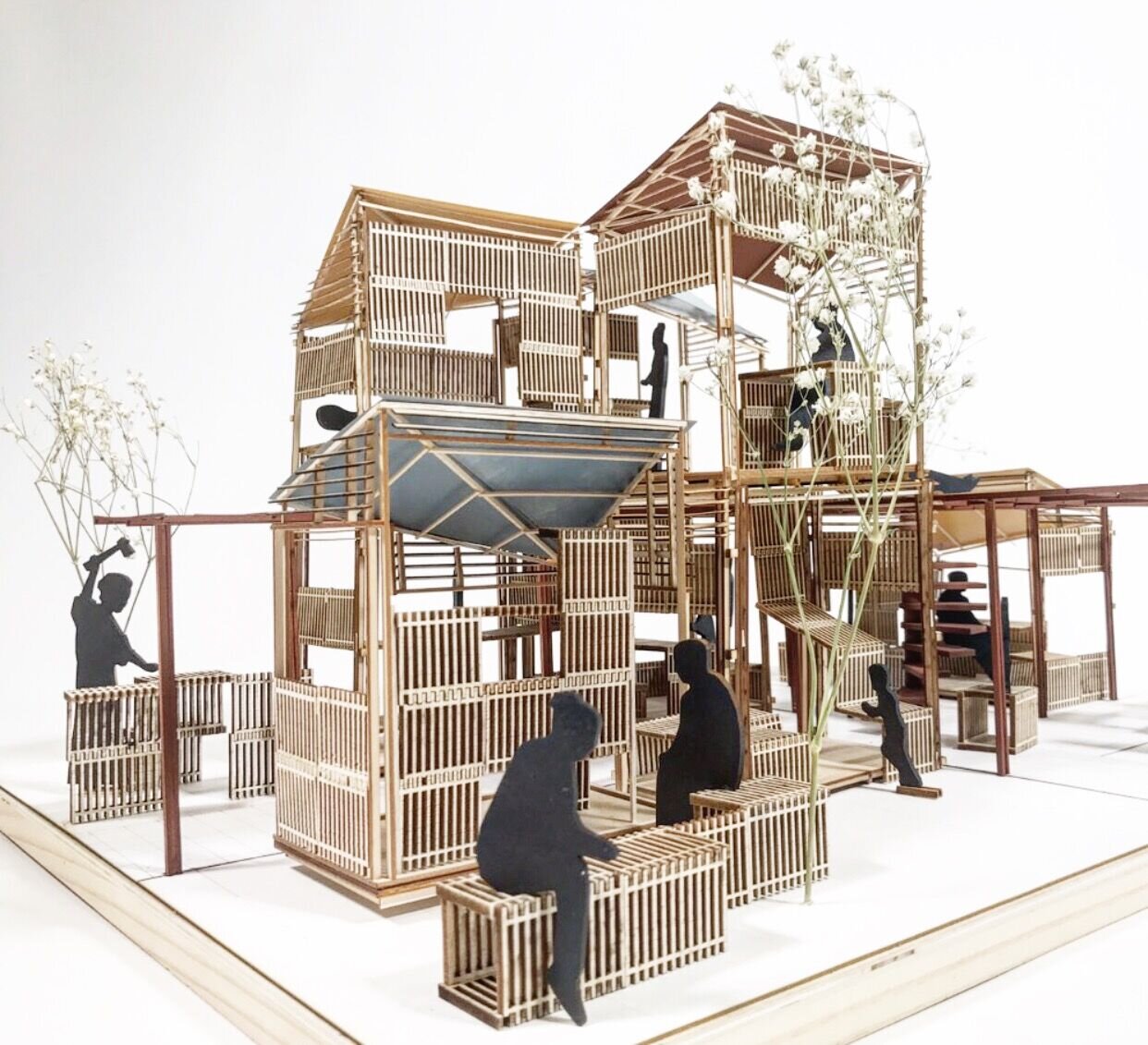
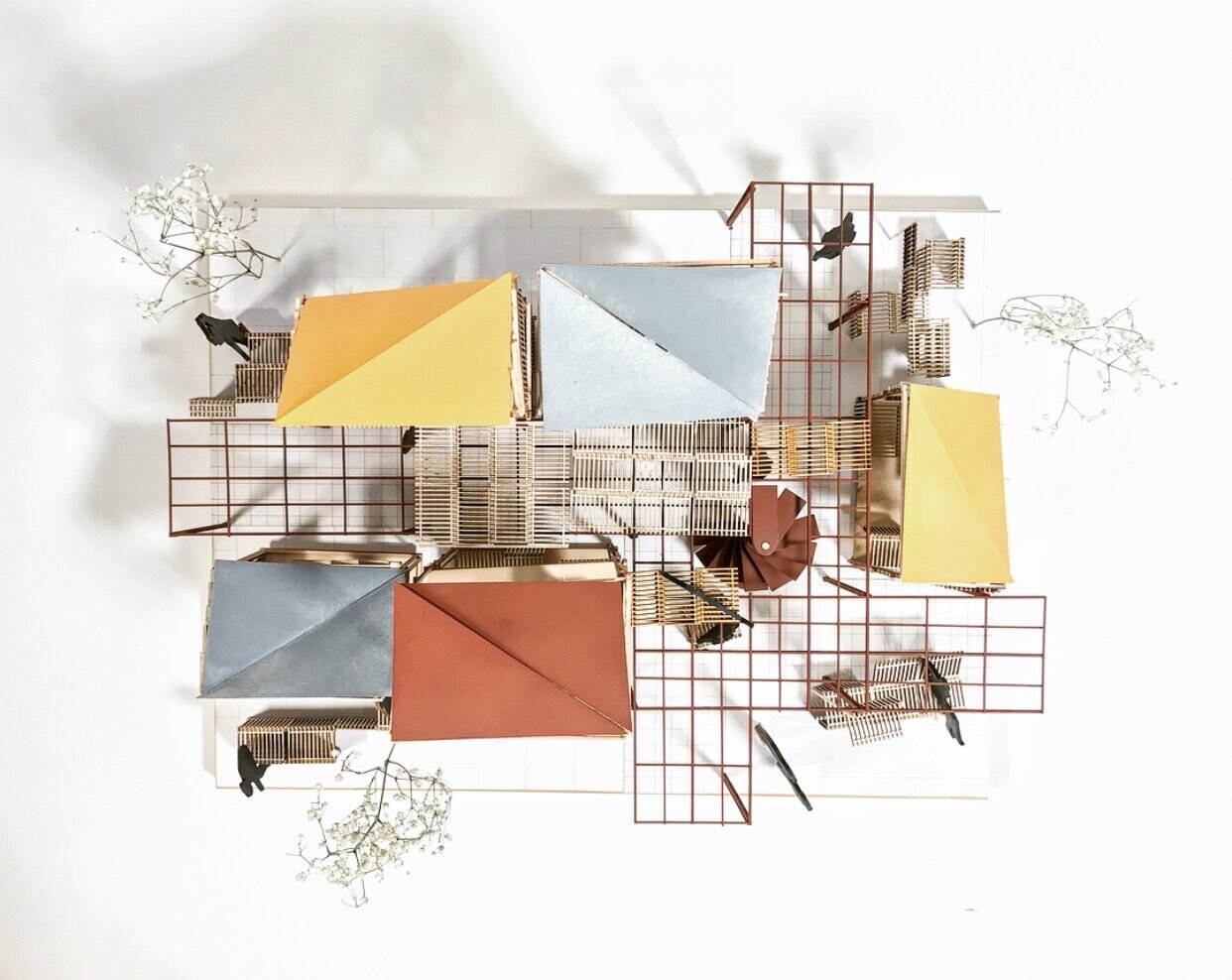
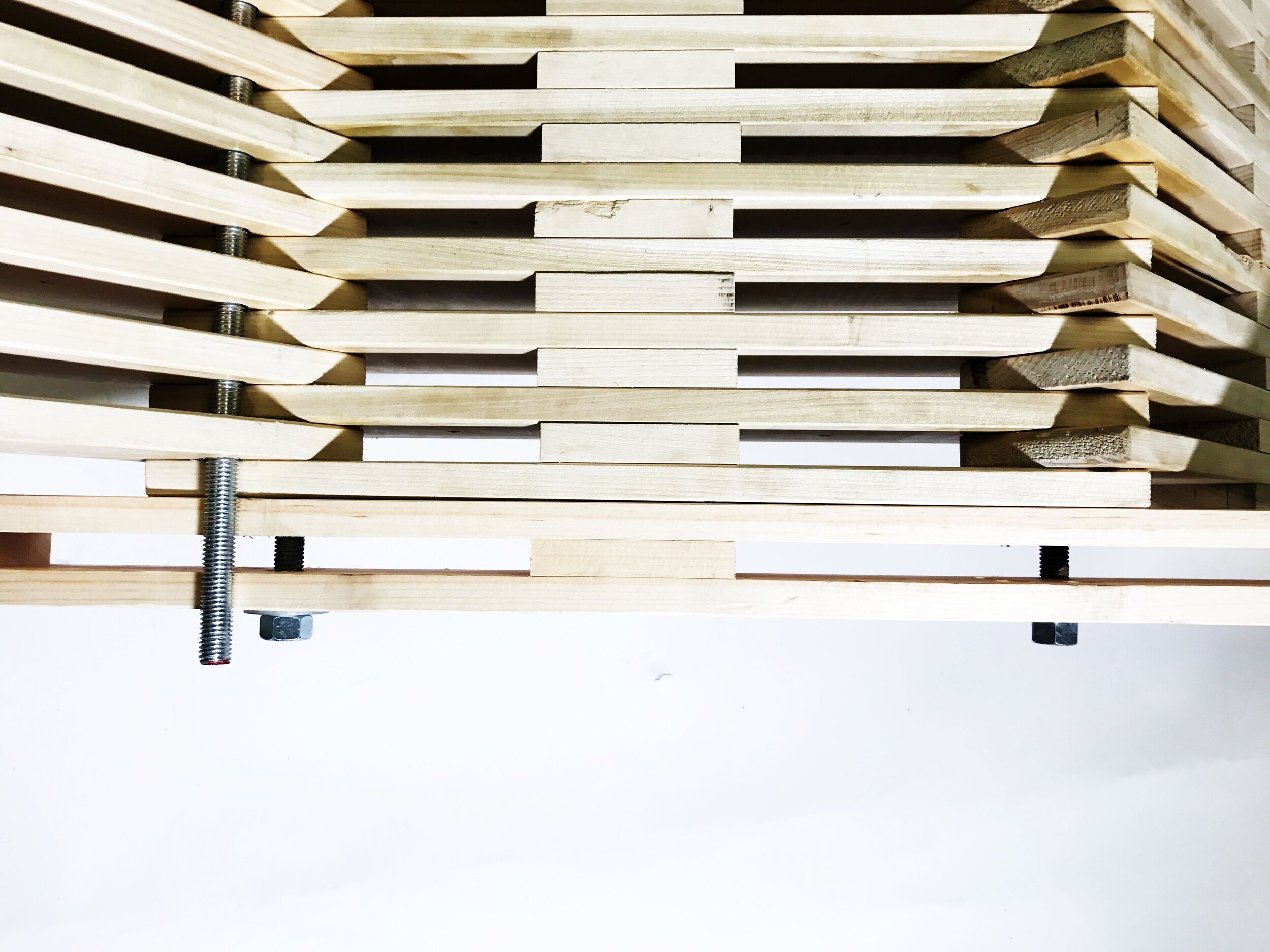
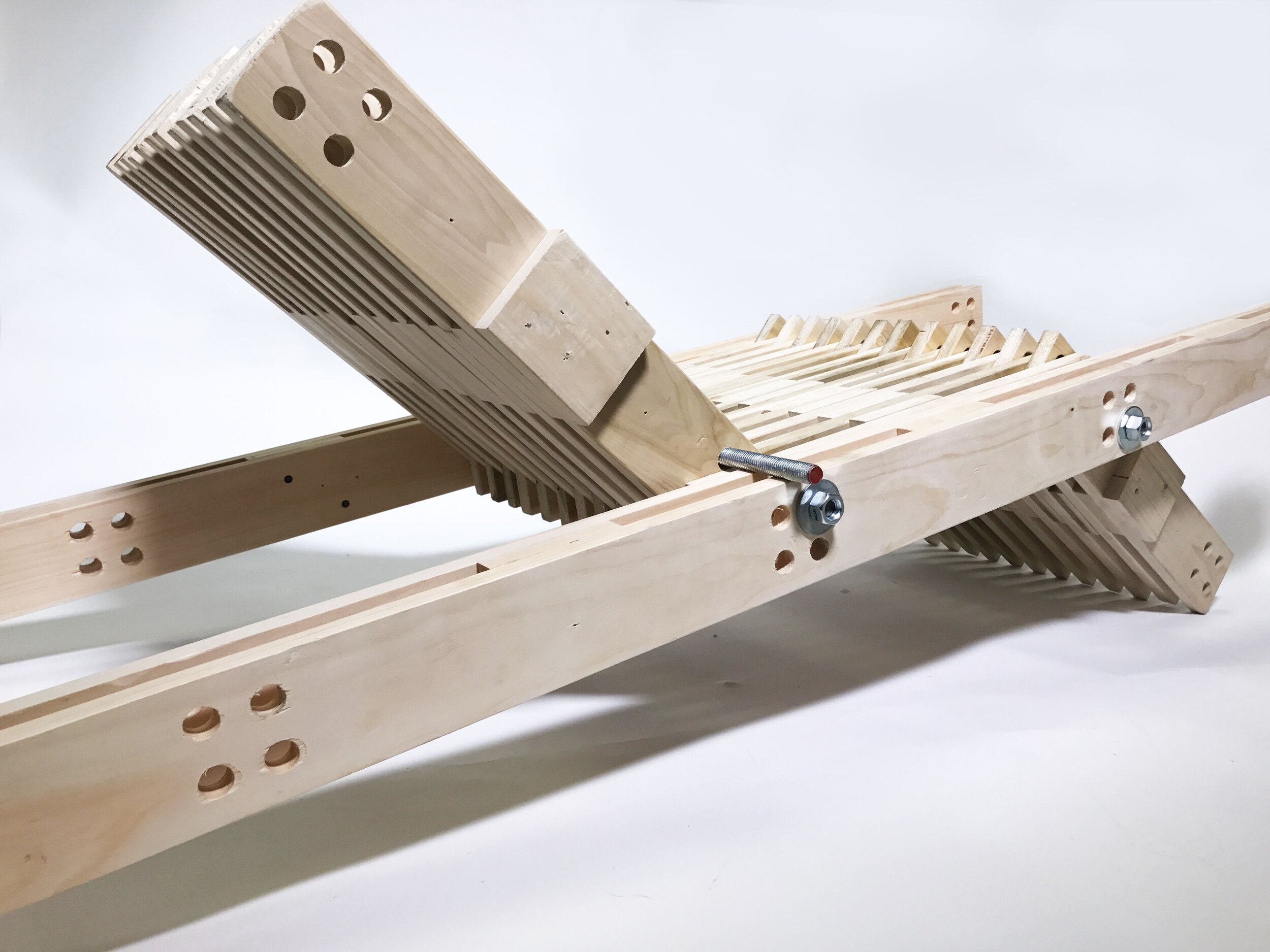

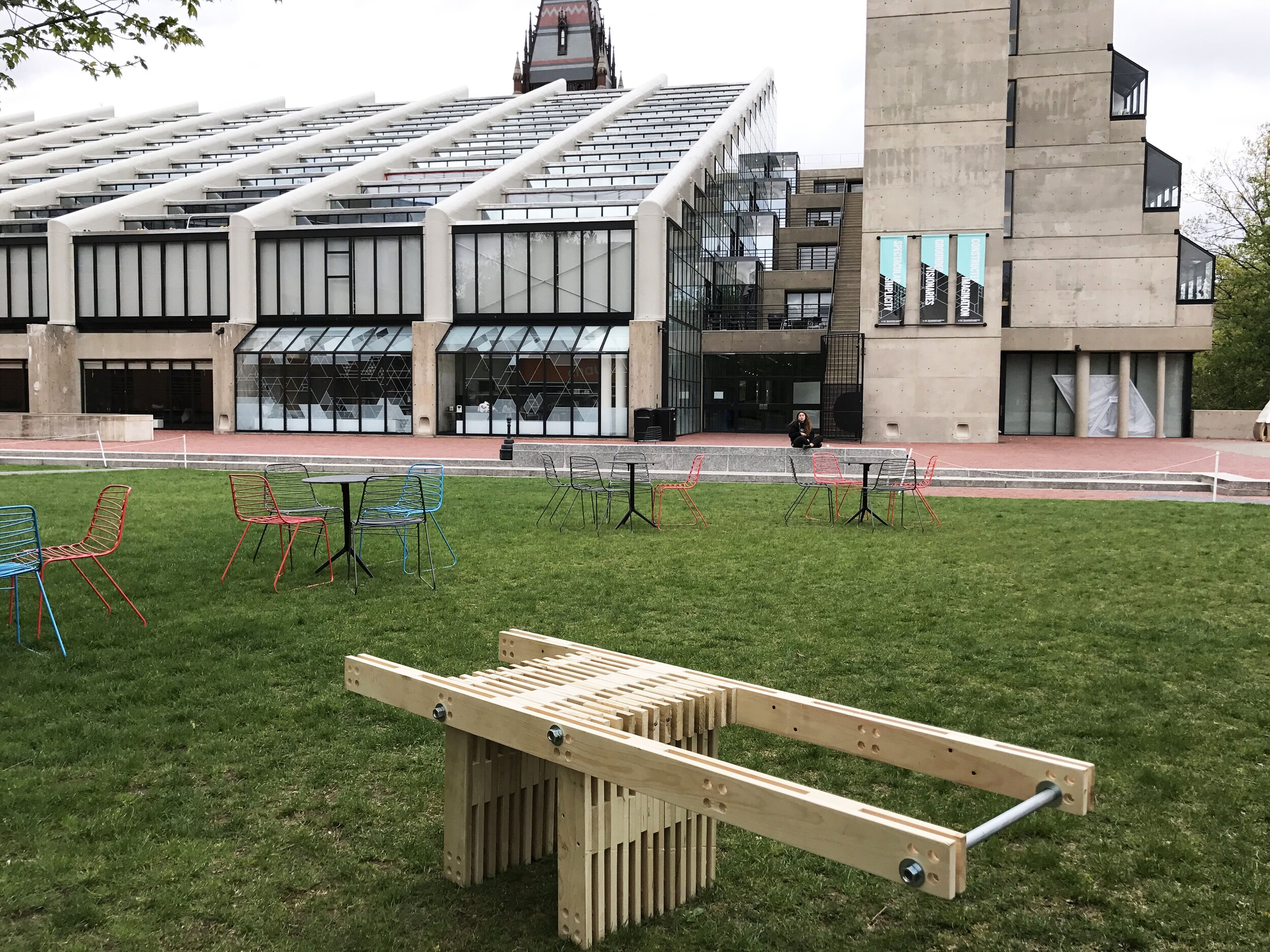
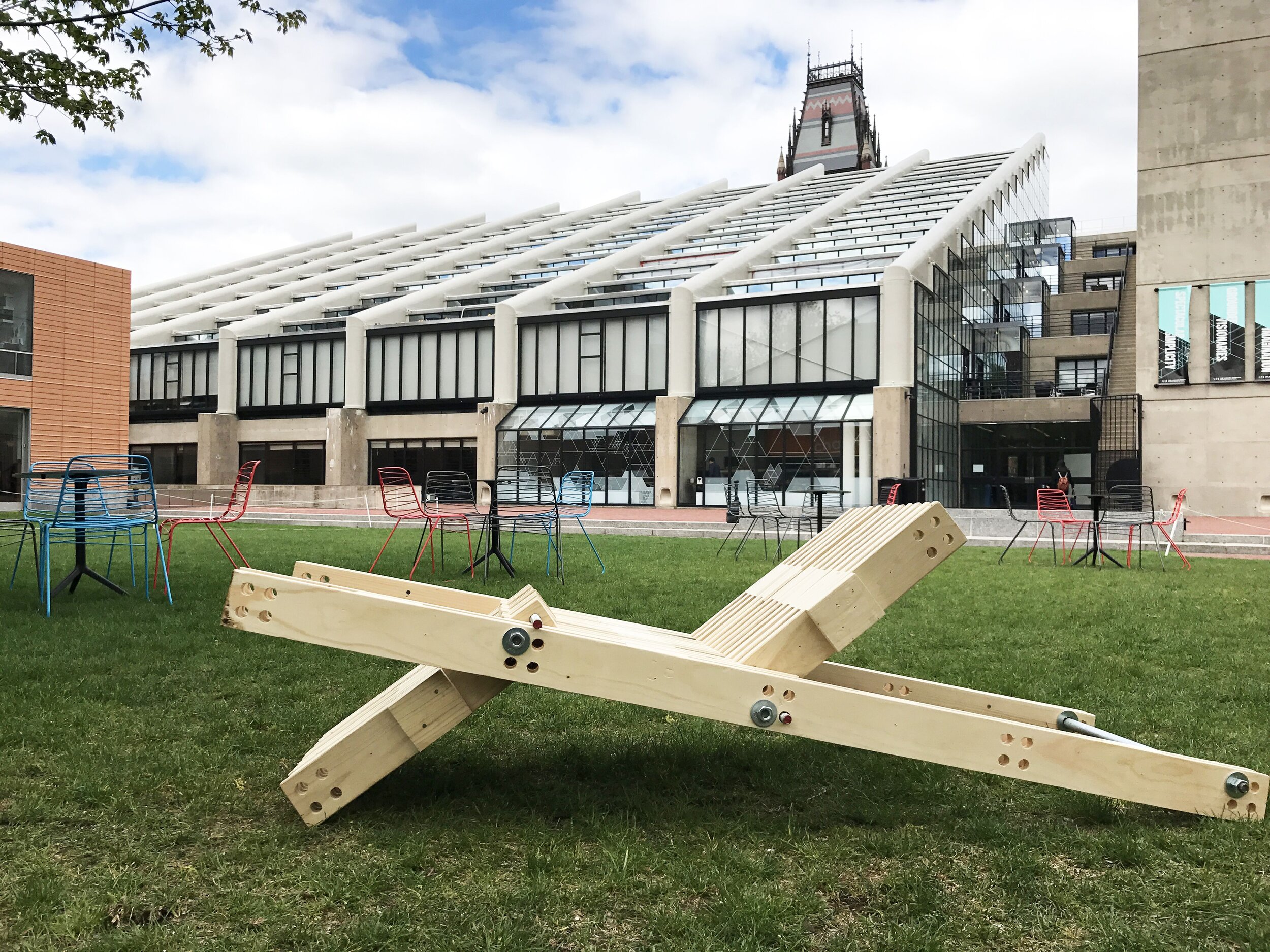
A N T H R O P O M O R P H I Q U E
CIVIC INFRASTRUCTURE AT THE HUMAN SCALE IN DURBAN, SOUTH AFRICASpring 2017Instructed by Kunle AdeyemiPublished & exhibited in GSD Platform XThe Apartheid city designed and built infrastructure as a way of segregating bodies. One of the main challenges of the Post-Apartheid era in Durban has been to connect informal systems to infrastructure at multiple scales. A new potential infrastructure should aim to reconnect the body to infrastructure. The problematique of this project is to question how systems of informality, guided by street vendors’ needs and activities, as they relate to the street and the city, can be scaled up to industrial production that may produce a new pavement urbanism. Through this horizontal model of infrastructure, the city’s needs of accommodating 80% more street and market traders and controlling market density are met while the vendor’s need for flexibility, mobility, security, and street frontage are fulfilled.
This project uses recycled and reconfigured shipping pallets to create a module which has a lexicon of possible configurations - each according to the vendor’s constraints and activities. By treating the sidewalk of the city as mega-infrastructure, the aggregation of this module, in all its variable forms, proposes a new type of vendorscape that can quite literally transform the face of the city’s streets. The aim is to build industries to produce a series of new architectural, infrastructural, and urban solutions learning from the local environment with a responsible infusion of relevant global values.
